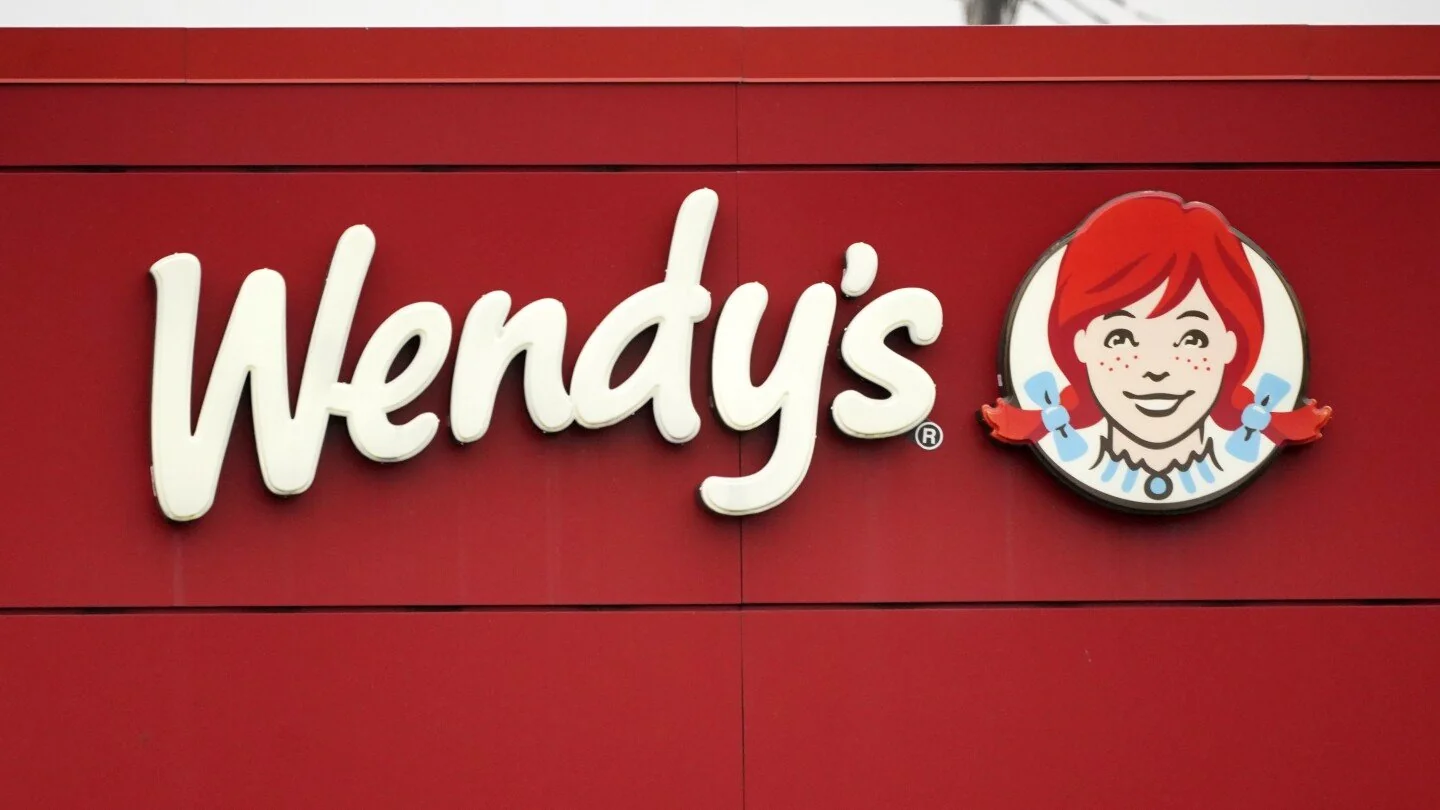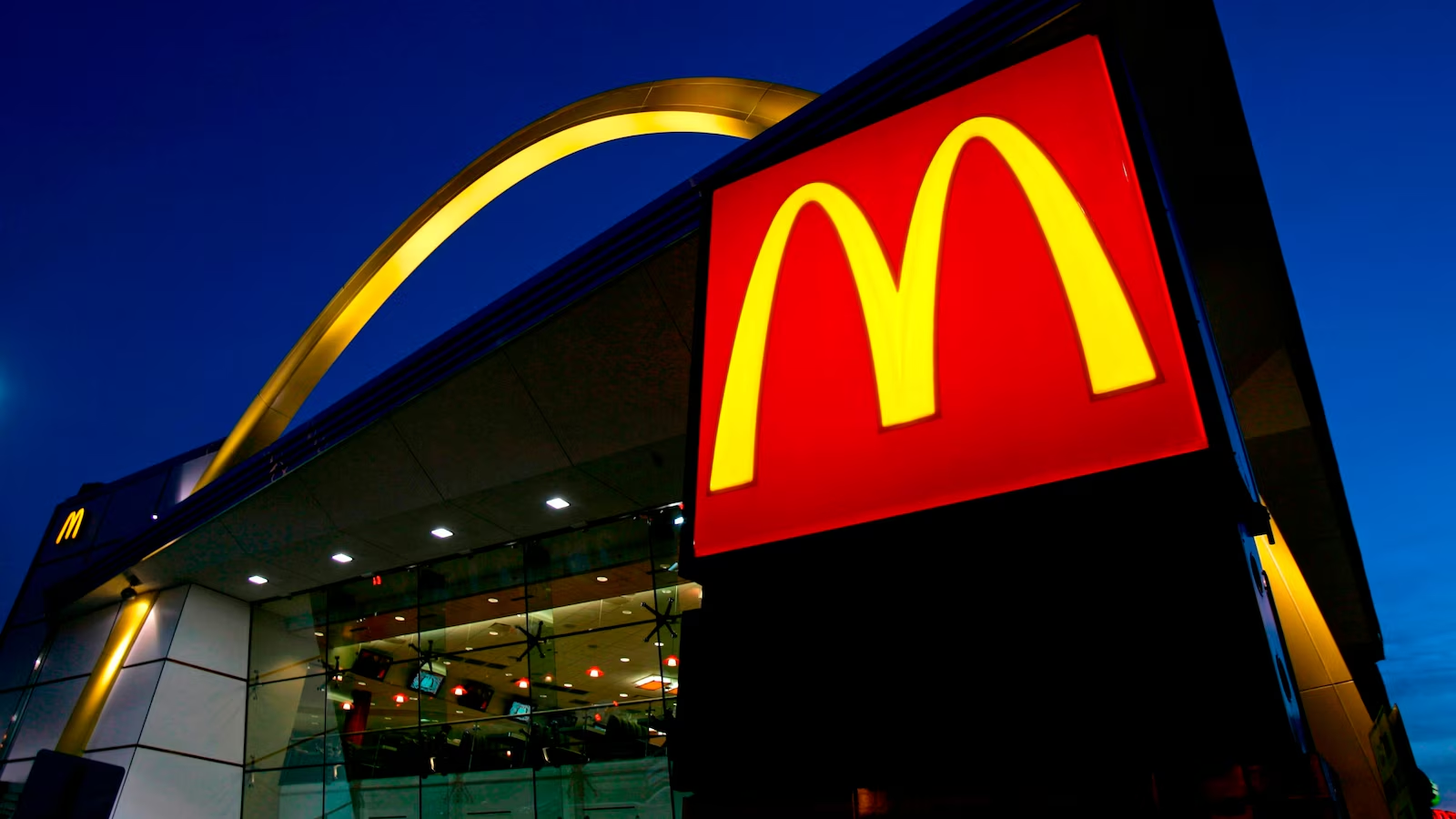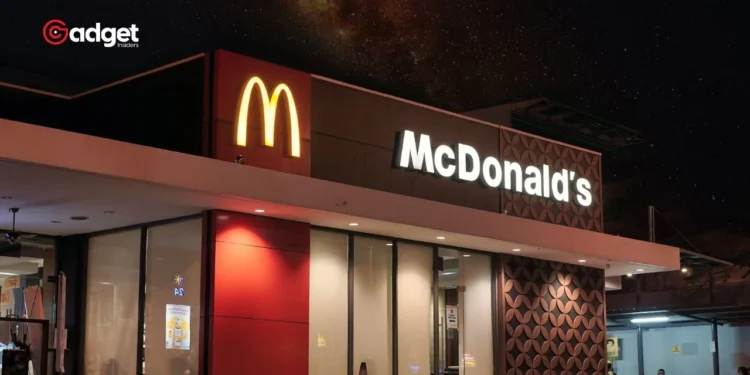In recent weeks, a noticeable shift has occurred on the retail landscape, marking a potentially significant change for consumers grappling with the harsh realities of persistent inflation. Giants in the retail and fast food sectors, including Target, McDonald’s, and Wendy’s, have initiated a series of price cuts. This move raises a pertinent question: are we witnessing the beginning of a price war aimed at easing the financial burden on everyday shoppers?

Price Cuts: Retail Giants Offer Budget-Friendly Deals
Target, a leader in the retail industry, recently announced a major price reduction on over 5,000 items ranging from everyday essentials like frozen pizza to staples such as butter.
“We know consumers are feeling pressured to make the most of their budget,”
Rick Gomez, Executive Vice President at Target, emphasized the company’s commitment to supporting consumers, underscoring a widespread sentiment among retailers.
Similarly, McDonald’s and Wendy’s Retail giants have entered the fray with enticing offers designed to attract cost-conscious eaters. McDonald’s introduced a $5 value meal, while Wendy’s countered with a $3 breakfast deal, illustrating the intense competition among fast food chains to capture the attention of budget-strapped consumers.

The Economic Backdrop
This flurry of discounts comes against a backdrop of tough economic conditions. The Federal Reserve has maintained high interest rates, the highest since 2001, to combat inflation, which, despite slowing, remains above the Fed’s target.
The impact on consumers has been palpable, with U.S. household debt reaching a record $12.44 trillion in early 2024, according to the New York Federal Reserve. Credit card debt has soared to unprecedented levels, reflecting the severe financial strain on households.
“Debt burdens are much heavier given the aggressive borrowing these households have done to supplement their income and maintain their purchasing power in the face of their higher costs,”
Mark Zandi, Chief Economist at Moody’s Analytics, highlighted the dire situation.

A Strategic Shift in Pricing
The decision by companies like Target and McDonald’s to slash prices isn’t merely a response to consumer demand but also a strategic maneuver in a competitive market. Economists believe these price reductions could signal a broader trend towards more aggressive pricing strategies among companies that primarily serve lower- and middle-income consumers.
“After the shell shock of seeing the buying power of their dollar fall so dramatically, consumers are most likely to consider price, price, and price as their three most important factors,”
Jason Taylor, an economics professor at Central Michigan University, noted the critical role of pricing in consumer decision-making.
The competition is not only about gaining immediate sales but also about long-term customer retention and market share expansion. This is evident in sectors like grocery where Aldi announced reductions on 250 items, making essentials like sirloin steak more affordable.

Looking Ahead: The Inflation Outlook
The strategic price cuts by major retailers and food chains may also offer a glimmer of hope for an improvement in the inflation outlook.
“They won’t be facing costs that are rising as fast as they are now,”
Steve Hanke, a professor of applied economics at Johns Hopkins University, suggested that these pricing strategies might indicate an expectation among businesses that their costs will stabilize, adding,
“The hot costs have come out of their expectations.”
As companies navigate through these challenging economic times, the recent price cuts could be a harbinger of a more consumer-friendly pricing environment. Whether this will lead to a sustained period of lower prices remains to be seen, but for now, consumers can take some solace in the fact that some of their favorite stores and eateries are making an effort to ease their financial burden.










